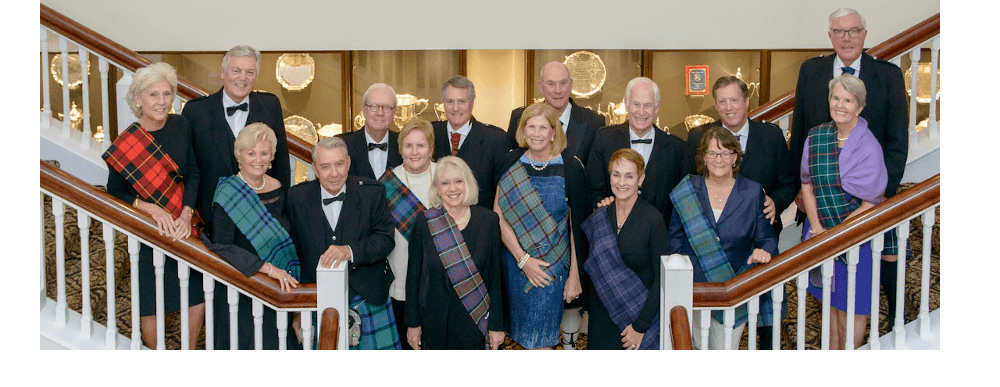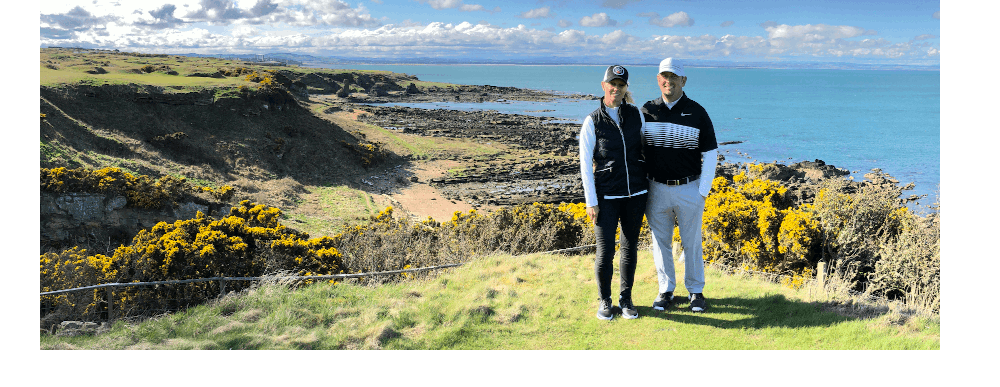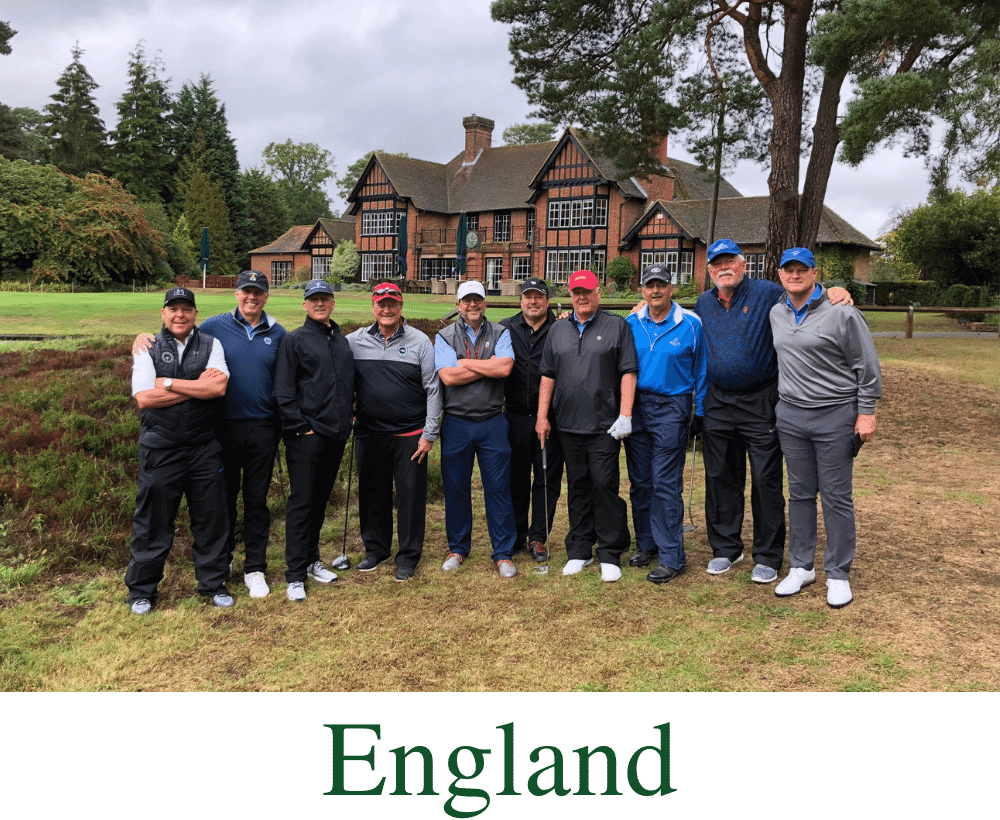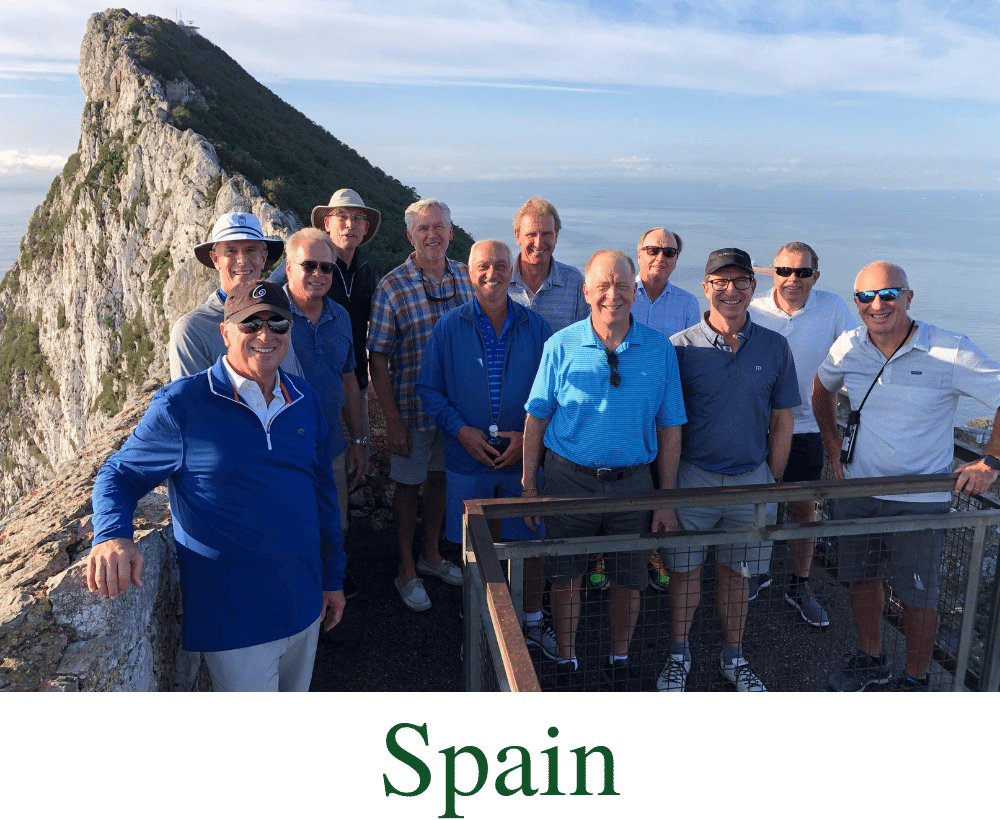Thanks to their almost weekly exposure via the PGA Tour, the great golf course architects in America are household names for many golfers.
Although most of us couldn’t name the architect of a single New York City skyscraper, we probably know where to find the work of Raynor, Ross, Tillinghast, and Dye.
But what about the golf course architects in Great Britain and Ireland?
In contrast to this side of the Atlantic, many of the well known golf courses across the pond were designed by names that are unfamiliar to most American golfers.
Usually because many of those architects never practiced their craft in the United States.
What follows are some of the notable golf course architects across the pond, organized in two sections…
The originators who helped spread golf across Great Britain and Ireland and the modern day architects who are overseeing a second Golden Age for the profession.
The Originals
Old Tom Morris
When Old Tom Morris assisted his mentor, Allan Robertson, on the layout of the first course at Carnoustie in 1842, his career and the game of golf changed forever.
In that moment, some would argue that Old Tom Morris became the first true golf course architect.
The Grand Old Man of Golf was responsible for the early designs at Royal County Down, Royal Dornoch, and Cruden Bay.
Of course, his most notable and lasting work is found in and around his hometown of St. Andrews.
In 1895, he laid out the New Course at St. Andrews for the R&A, as well as the Balcomie Links at nearby Crail Golfing Society.
But the legacy of Old Tom Morris will forever be tied to The Old Course at St. Andrews.
As Keeper of the Green, he not only contributed to its evolving design, but also introduced numerous architecture and greenkeeping practices that are still in use today.
The next time you step onto a tee box, you can thank Old Tom Morris.
The original rules required golfers to tee off within a single club length of the previous hole.
Explore the best Old Tom Morris golf courses.
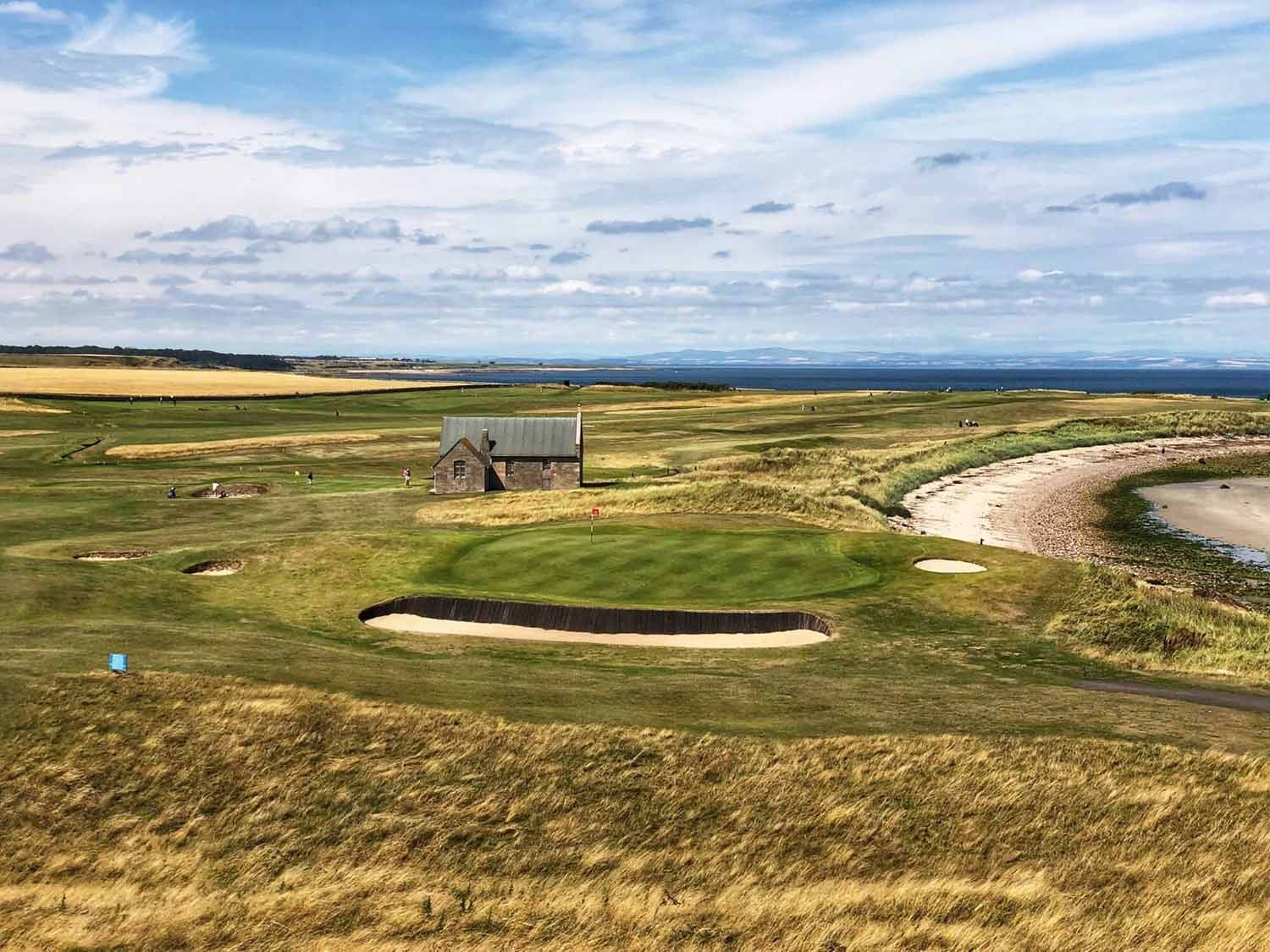
The 14th hole on the Balcomie Links at Crail Golfing Society
James Braid
After his playing career, which included five Open Championship titles, James Braid went on to become one of the most prolific golf course architects in history.
Throughout his career, Braid either designed or contributed alterations to over 200 golf courses around Great Britain.
His skills were in such demand, Braid was even commissioned to provide the layout of Singapore Island Country Club.
Rather than making the arduous journey, Braid used topographical maps to submit his design to the club.
But it’s the work much closer to his birthplace of Elie, Scotland that defines Braid’s golf course architecture career.
Carnoustie, Brora, and Gleneagles are just a few of the notable golf courses designed or renovated by James Braid.
Given the sheer volume of his work, if you’re playing a golf course in Scotland that was built before 1950, there’s a good chance James Braid had something to do with it.
Perhaps equally impressive, Braid managed all of this while serving as the Head Professional at Walton Heath Golf Club near London for 45 years.
Discover more James Braid golf courses.

Credit: Gleneagles
Harry Colt
Although he carried a law degree from Cambridge, Harry Colt decided early on that his career was more suited for the game of golf.
Colt served as the first Club Secretary at Rye Golf Club before spending 13 years in the same role at Sunningdale Golf Club. He was also a founding member of the R&A Rules Committee.
But Harry Colt soon realized that his skills were better applied to designing golf courses rather than running them.
Colt worked in partnership with C.H. Allison and Dr. Alister MacKenzie on hundreds of courses around the globe.
Some of the best links golf courses in the world were at least partially designed by Harry Colt, from Muirfield and Royal Liverpool to Royal County Down and Royal Portrush.
Unlike Old Tom Morris or James Braid, Colt also took his talents to the United States, lending his expertise to the design of Pine Valley and Old Elm Club in Chicago.
But it’s the London Heathland where Harry Colt placed himself in the hall of fame of golf course architects.
Swinley Forest, Sunningdale New, and St. George’s Hill were all designed by Harry Colt and each is found on the GOLF Top 100 courses in the world list.
Learn more about Harry Colt golf courses.
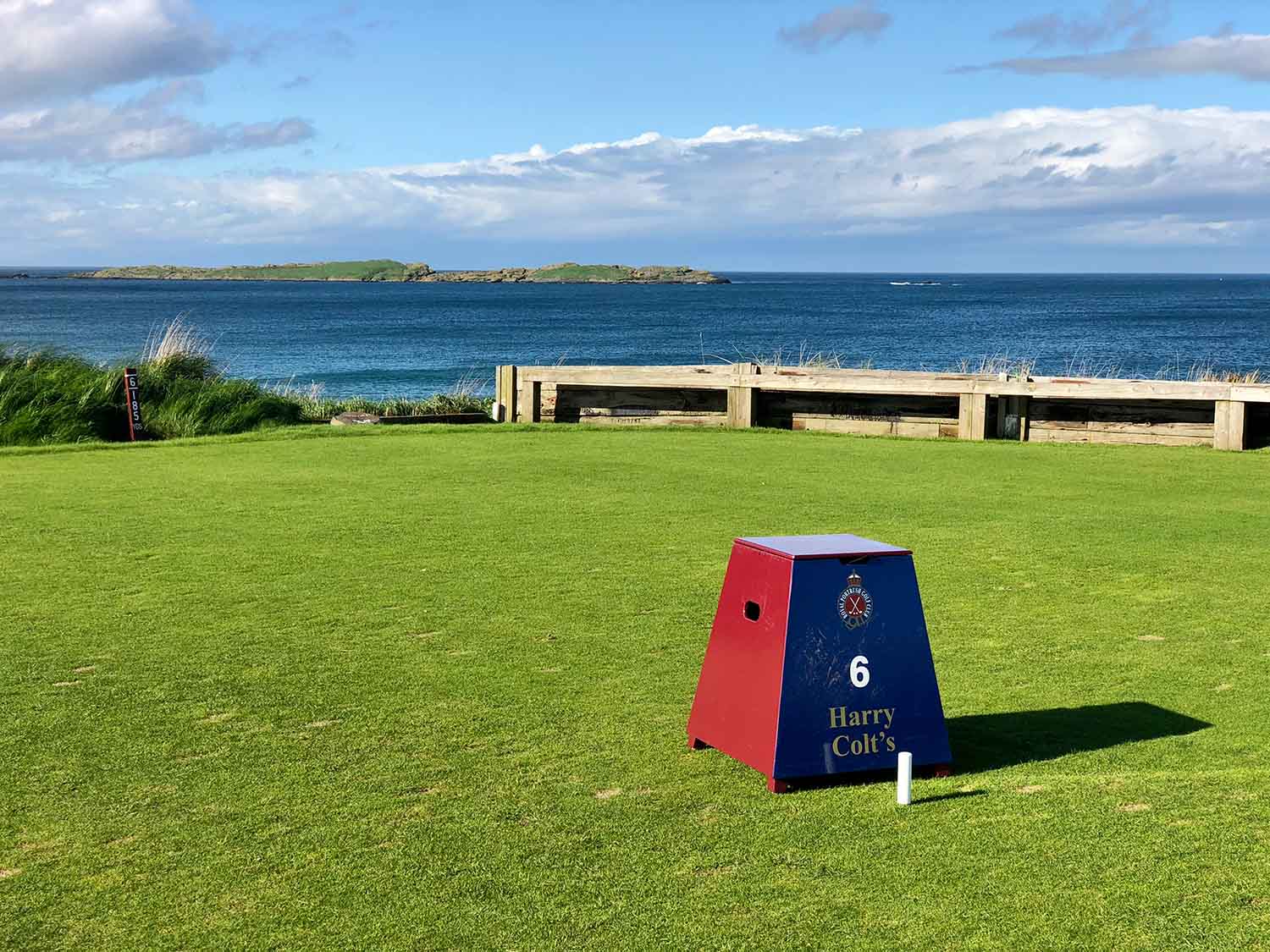
The appropriately named 6th hole on the Dunluce Links
Alister MacKenzie
For many American golfers, the first name that comes to mind at the mention of golf course architects is Dr. Alister MacKenzie.
Augusta National and Cypress Point have that effect on people.
But before he transformed Berckmans Nursery and the Monterey Peninsula, Alister MacKenzie lent his expertise to numerous golf courses across the U.K. and Ireland.
Perhaps his most notable work is found at Lahinch Golf Club.
Even if the best holes at Lahinch – the 4th (Klondyke) and 5th (Dell) – were designed by Old Tom Morris.
Discover more Alister MacKenzie golf courses across the pond.
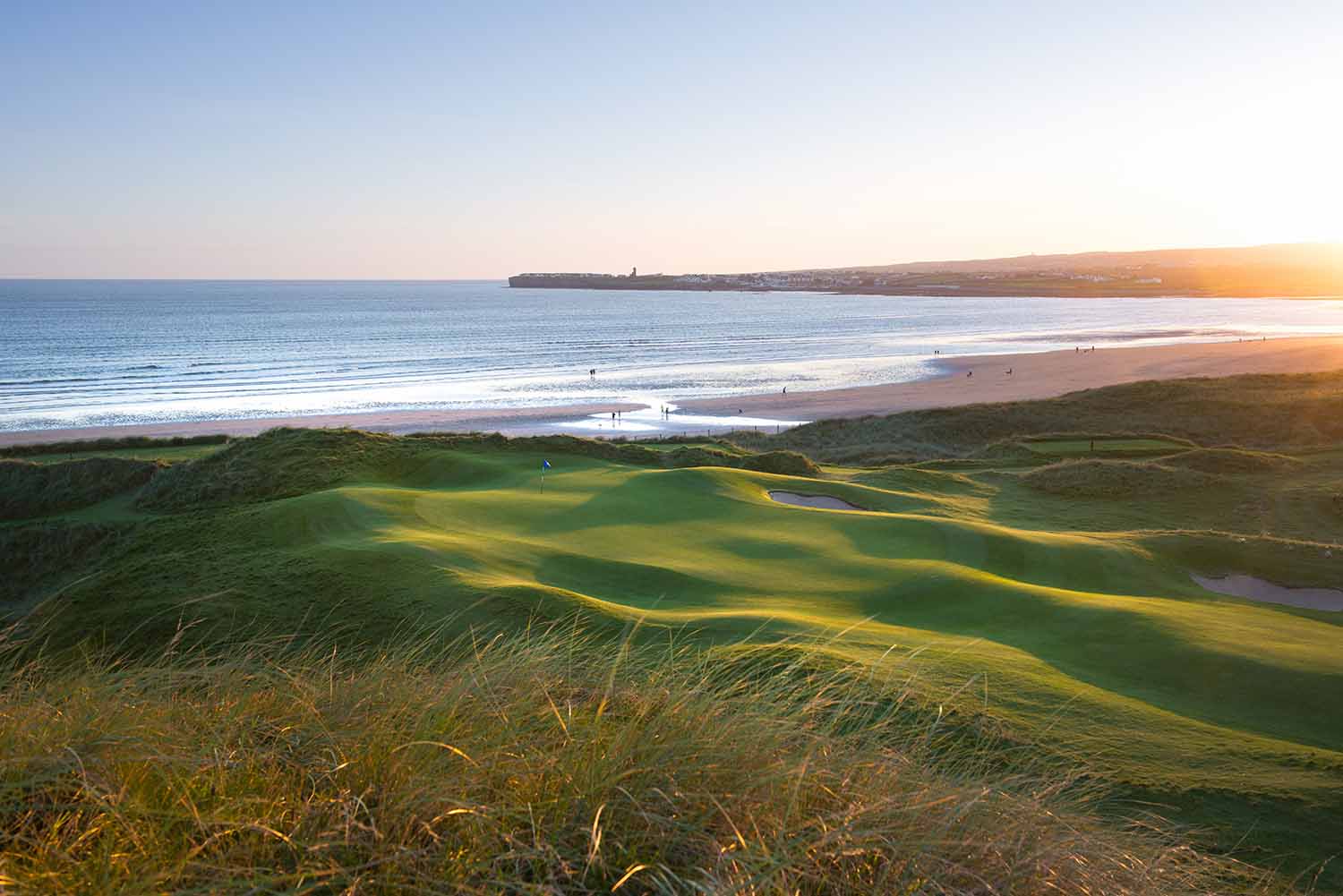
Credit: Lahinch Golf Club
Eddie Hackett
Although he is far from a household name for American golfers, no article on famous golf course architects is complete without a mention of Eddie Hackett.
Many have called Eddie Hackett the “father of golf course design in Ireland,” and the title is an appropriate one.
During his career, Hackett designed or renovated over 100 golf courses across Ireland.
The designs at Enniscrone, Donegal, the Old Links at Ballyliffin, and The Island all bear his signature.
The same is true of Waterville Links and Old Head Golf Links, though both courses have seen extensive alterations through the years.
Similar to James Braid in Scotland, if you’re playing a golf course in Ireland, there’s a good chance Eddie Hackett was there first.

Credit: Enniscrone Golf Club
The Modern Era
Mackenzie & Ebert
No modern golf course design firm has had a larger impact on the game in the U.K. and Ireland than Mackenzie & Ebert.
The duo of Tom Mackenzie and Martin Ebert have become the go-to golf course architects for numerous prestigious clubs restoring, renovating, or preparing their links for championship play.
For example, Mackenzie & Ebert carried out an extensive update of the Dunluce Links at Royal Portrush ahead of The Open Championship in 2019.
The work included a new 7th and 8th hole, plus many other alterations to both the Dunluce and Valley Links.
But it’s the remarkable transformation of the Turnberry Ailsa course that’s placed Mackenzie & Ebert among the most accomplished golf course architects of the modern era.
The Ailsa is now, without question, one of the best golf courses in the world.
Some H&B travelers think it deserves the top spot.

The magnificent 9th hole on the Ailsa course at Turnberry.
Tom Doak
Among modern golf course architects, few names carry the recognition and acclaim of Tom Doak.
Although new golf courses in Scotland and Ireland are few and far between these days, Doak has made the most of the opportunities he’s been given.
Directly next door to Muirfield, The Renaissance Club has become the long-term home of the Scottish Open.
But it’s his design at St. Patrick’s Links at Ireland’s Rosapenna Resort which has earned the spotlight of late.
And rightfully so.
Tom Doak cherry picked the best terrain from two closed golf courses and turned it into one spectacular layout.
St. Patrick’s immediately jumped into the GOLF Top 100 and has single-handedly spiked demand for golf trips to Northwest Ireland.
If all goes according to plan, that map will soon have another pin for Doak in Scotland, when his design for the planned 2nd course at Castle Stuart debuts in 2024.
And speaking of Castle Stuart… Like Tom Doak, architect Gil Hanse has planted his flag at two exceptional courses across the pond. Mark Parsinen, the late founder of Castle Stuart, partnered with Hanse on the design of the modern classic in The Highlands of Scotland. The course is a mainstay in the world Top 100 and is a four-time host of the Scottish Open. Across the Irish Sea, Hanse also revived the Narin & Portnoo Links in superior fashion. The raw, rugged setting provided a spectacular canvas for Hanse to, in turn, provide a masterpiece. When paired with nearby St. Patrick’s Links, two of golf’s premier modern architects are certain to draw more American golf travelers to Northwest Ireland. Credit: Narin & Portnoo Links Dr. Martin Hawtree has worked on so many projects for the R&A, he’s often called “The Open Doctor.” His redesign of the links at Doonbeg was masterful. But in the giant dunes near Aberdeen, another course with the same owner is the one most will associate with Dr. Hawtree. Herbert Fowler designed the Old and New courses at Walton Heath Golf Club near London and, along with his partner Tom Simpson, provided a redesign of Cruden Bay. But his most notable work is actually found on this side of the Atlantic. In the early 1920s, Fowler redesigned the 18th hole at Pebble Beach Golf Links, and created one of the most famous closing holes in golf. Donald Steel would give James Braid a run for his money in terms of volume of work. Throughout his career, Steel designed or renovated countless golf courses. His work at the Jubilee Course transformed it into the most challenging layout on the St. Andrews Links. To the benefit of the modern era, Tom Mackenzie and Martin Ebert spent the early part of their careers working under Donald Steel. For more insight on planning your overseas golf trip, visit the pages below or have a look through our Yardage Book, where you’ll find answers to many of our most frequently asked questions. If you’re ready to experience Golf at its Finest with Haversham & Baker…

More Architects of Note
Martin Hawtree
Herbert Fowler
Donald Steel
Discover More of Golf at its Finest with H&B













